Jewellery with Middle Eastern mystique
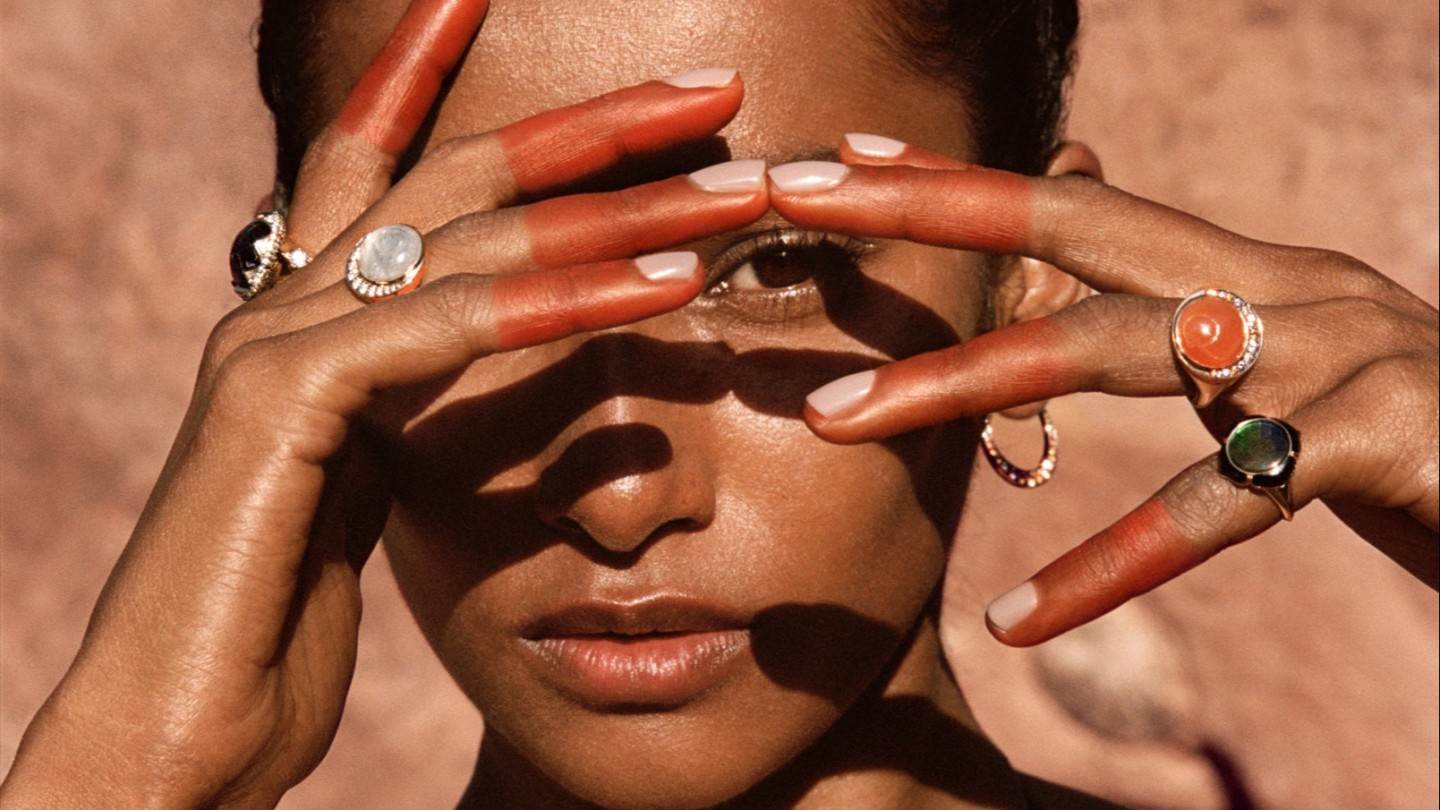
Roula Khalaf, Editor of the FT, selects her favourite stories in this weekly newsletter.
Riches abound this festive season for those wise enough to look to the east. Designers and boutique brands that originated in Turkey, Lebanon and Egypt are telling their stories through jewels that tap into the romance and glamour of Arabia – and are well worthy of celebration.
Sevan Bicakci, the bladesmith of Istanbul, has reignited the stylistic codes of the Ottoman Empire and re-energised its jewelled arts, from stone carving, engraving and miniature painting to mosaic, enamelling and calligraphy – piling them into his maximalist one-of‑a-kind rings. He carves a mound of rock crystal (or occasionally a pale amethyst or emerald) in reverse, then handpaints it in minute detail so that an image floats, like a mirage, inside the stone. It’s a world of mythological creatures, silk-turbaned sultans, tulips, pomegranates and still lifes – but, above all, visions of his beloved Istanbul, with its domes, mosques and minarets, and seagulls over the Bosphorus. The distinctive multi-layered style of Bicakci’s jewels is his way of echoing and embracing the multiple historical and cultural layers behind Turkish society, he explains. “Istanbul’s location at the intersection of the Silk Road and eastern Mediterranean has, for centuries, attracted people from all parts of the world. Co-existence is what matters most to me; I see special beauty in Asia Minor’s historical role as a melting pot of civilisations.”
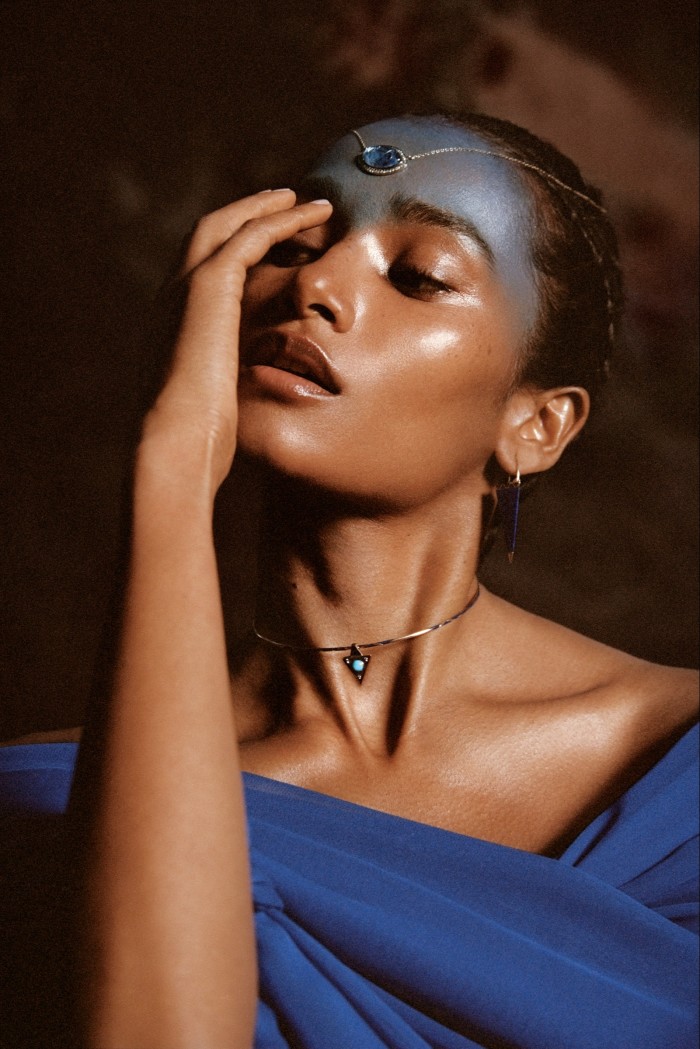
Also joining the wave of independent designer-jewellers is Arman Suciyan, who, like Bicakci, was apprenticed as a teenager to a goldsmith in Istanbul’s Grand Bazaar. He too draws on the city’s multi-layered cultural heritage, which he has carried with him “as an embedded sketchbook throughout my creative journey”. For his latest Odyssey collection, he has dreamt up his own fantasy version of Cybele, the Anatolian mother goddess, as a figure who takes the form of mythological birds, stylising her wings and dynamism of flight into abstract forms. His vision was also shaped by memories of midcentury western cars that “cruised Istanbul’s old cobbled streets like swaying galleons or ancient spaceships, often ferrying passengers to India along the hippie trail”.
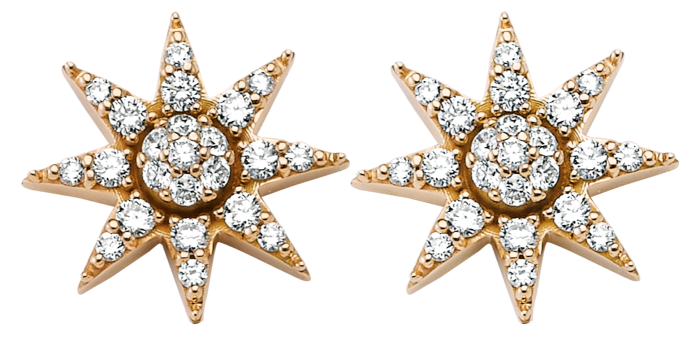
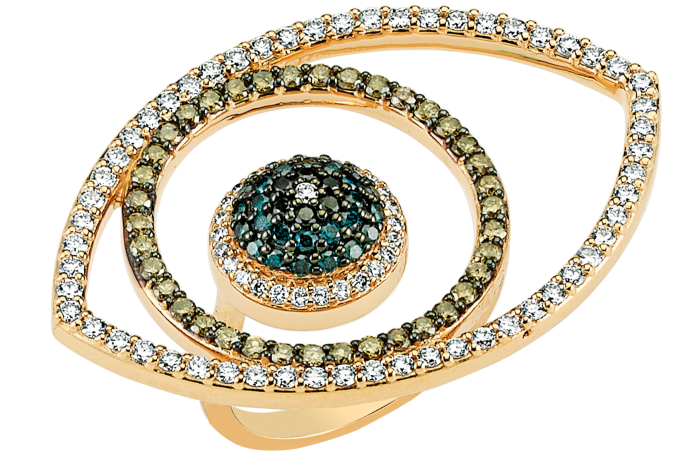
Istanbulite Ece Sirin, who founded her Bee Goddess brand of sacred symbol jewellery on the earliest Anatolian concept of the goddess, the eternal feminine, has just opened her first standalone London boutique on Walton Street, where she delivers an immersive Turkish “goddess experience”, complete with Turkish coffee and spiritual life-coaching sessions. Meanwhile, fellow up-and-coming Istanbul designer Aida Bergsen draws on the city’s famed traditional craft skills of goldworking, modelling, engraving and hand-piercing to interpret ancient themes – think Medusa’s serpents – in her own sculptural, sensually modern style. In the signature Lace collection, which draws on Turkish textiles, she uses goldworking techniques to play with light and shade, capturing the shadows and mysteries of Istanbul.
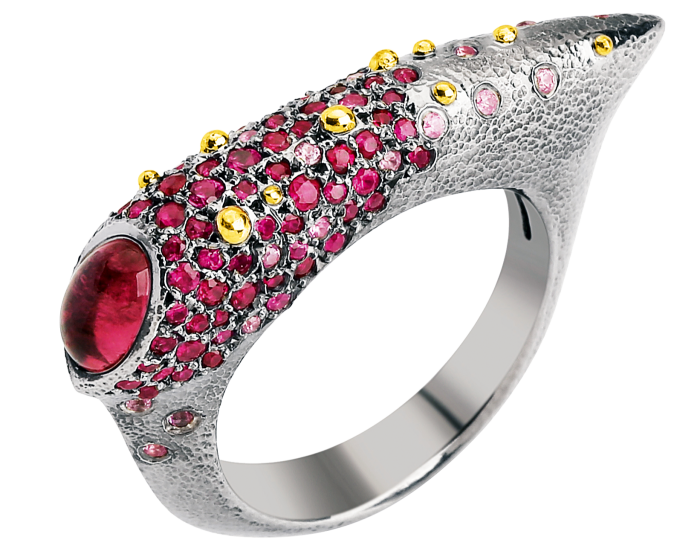
In Cairo, Azza Fahmy founded her boutique brand in the 1960s, reworking Arabic calligraphy and talismanic symbols to convey the spiritual messages, poetry and rituals embedded in her Egyptian heritage. Today she is joined in the business by her two daughters, Amina Ghali, head designer, and Fatma Ghaly, managing director. They’re introducing fresh themes and designs that reach out to a broader, culturally curious and fashion-conscious clientele, made up, says Ghali, of “global citizens”. This season’s Mamluk collection focuses on Cairo and the medieval Mamluk era, the apogee of the golden age of Islamic art, science, literature and architecture. Fahmy and Ghali have translated Mamluk patterns, geometry, arabesques and stars, as well as the artisanal techniques used for textiles and metalwork, into their trademark mix of silver and 18ct gold overlays, studded with coloured gems.
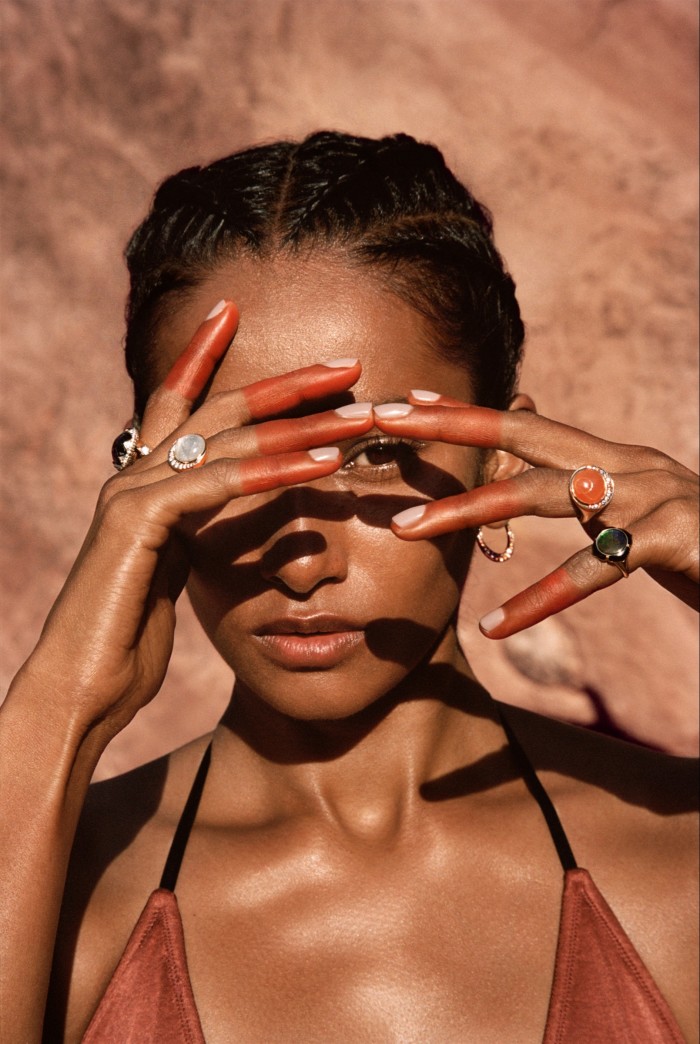
Lebanon’s jewellery- and gem-trading history – and its place at the heart of the Ottoman Empire – has also spawned a vibrant new design movement. Designer-jeweller Noor Fares, who describes herself as a “cultural nomad”, explains that her family ties with Beirut have pushed her “towards the unknown, creating a little mystery and mysticism” within her designs. Her Superlunary, Prana and Padma collections weave the intricate geometric patterns of Middle Eastern architecture with a combination of traditional craft skills and digital technology. The latest additions to the Padma collection feature both rough crystals and carved gemstones, set in fine rainbow-hued gem-set frames or lotus-shaped borders.
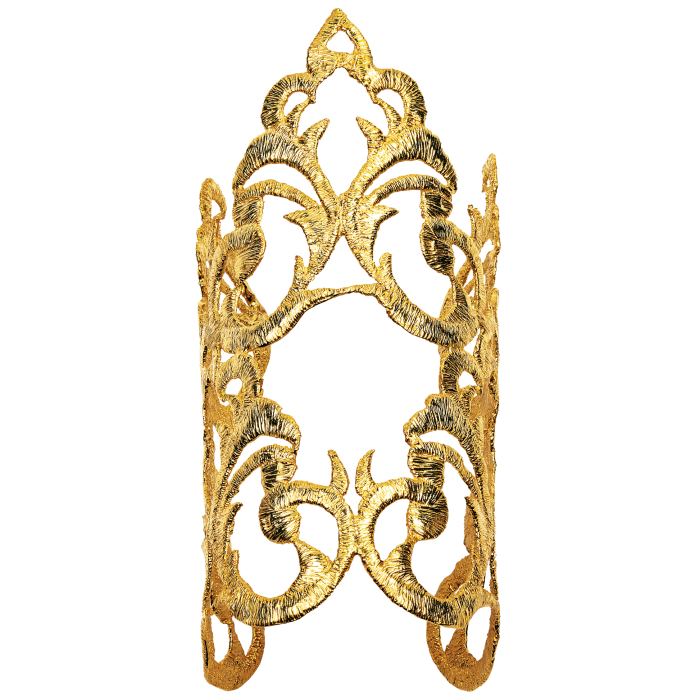
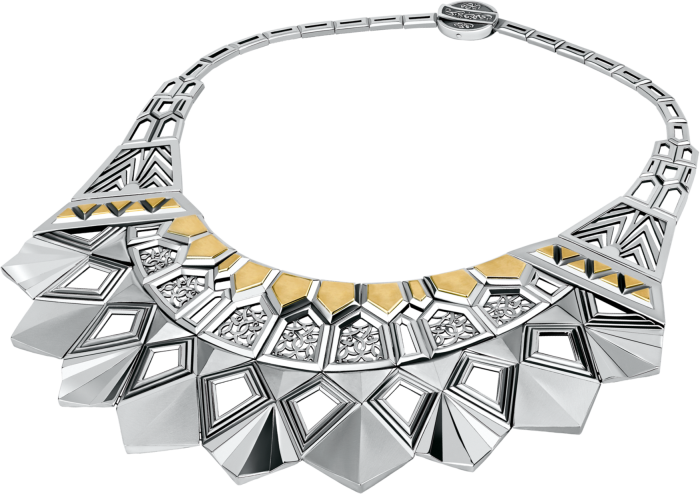
Selim Mouzannar, meanwhile, comes from a family of jewellers who designed for the Ottoman court in the 19th century, and he still lives in the family home, in the old neighbourhood of Ashrafieh, which he has lovingly restored. Mouzannar, an activist and self-confessed irrepressible optimist, likes to “confront the past with the present” to create a look of “heritage in perpetual motion”. His style, he says, is a brew of Ottoman richness, Orientalist culture and art deco architecture, which comes from the French colonial influence on Beirut. The Mille et Une Nuits and Beirut collections give the classic Ottoman jewel cluster a modern outing, while Kastak harks back to the pocket watches dangling with seals and watch keys that were an Ottoman status symbol, reimagining them as gold chain necklaces and bracelets hung with tassels and amulets.
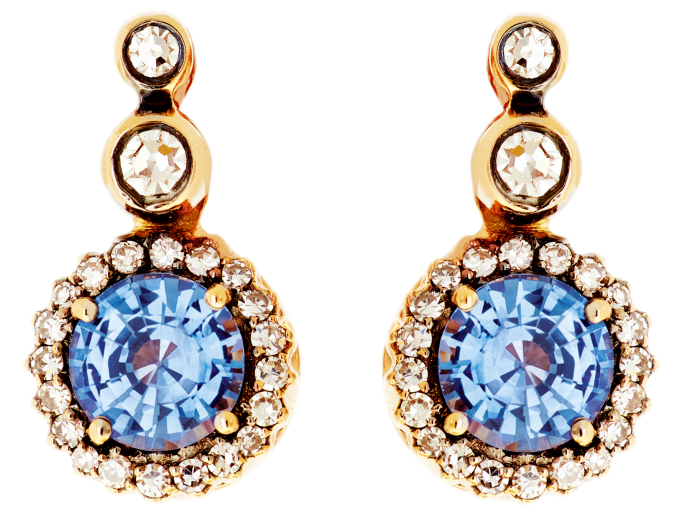
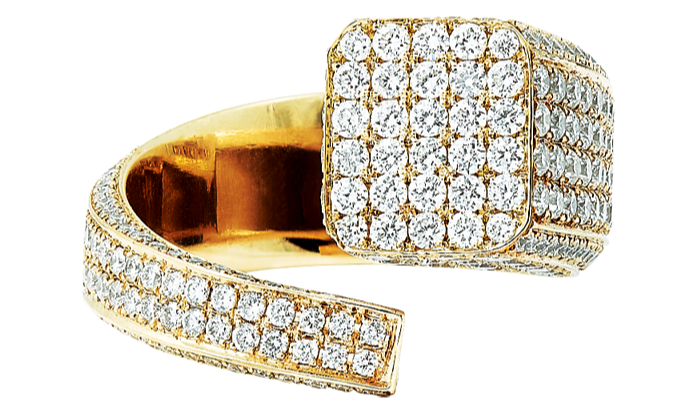
Architect and designer Dina Kamal, another Beirut native, is moving the Ottoman theme forward into resolutely modernist territory. She works in a very different way from traditional jewellers, she says – inspired not directly by specific cultural or aesthetic references, but rather by the emotions and impressions left by her childhood in war-torn Lebanon, ideas distilled to their abstract essence. At the core of her design ethos are twin concepts of conflict and identity, whether local or global. She speaks eloquently, too, of contradictions of masculine and feminine, of chaos and order, and sees jewels as vehicles of self-empowerment. Kamal started her jewellery journey with the pinky ring, the signet ring, as an essential expression of personal identity, and since then has expanded into rings of powerful graphic-yet‑sensual shapes and forms, with stylised interpretations of the identity chain bracelet and the archery thumb ring, conjuring mythological characters including Artemis, goddess of hunting, and Marduk, the protector of Babylon.
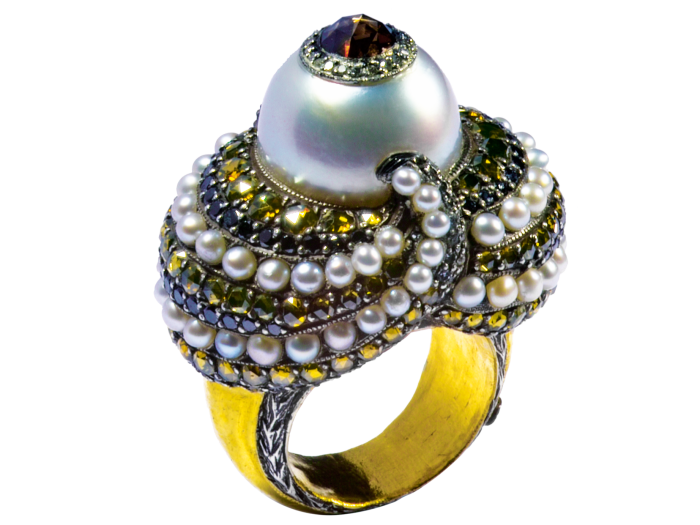
“My interest is context,” she explains. “Jewellery inhabits the body, and I’m interested in how it impacts on us; how it can shift our state of mind.” And, as this growing “homecoming” design movement shows, how jewels can share their romance, sense of adventure and identity, across borders, cultures and civilisations.
Comments